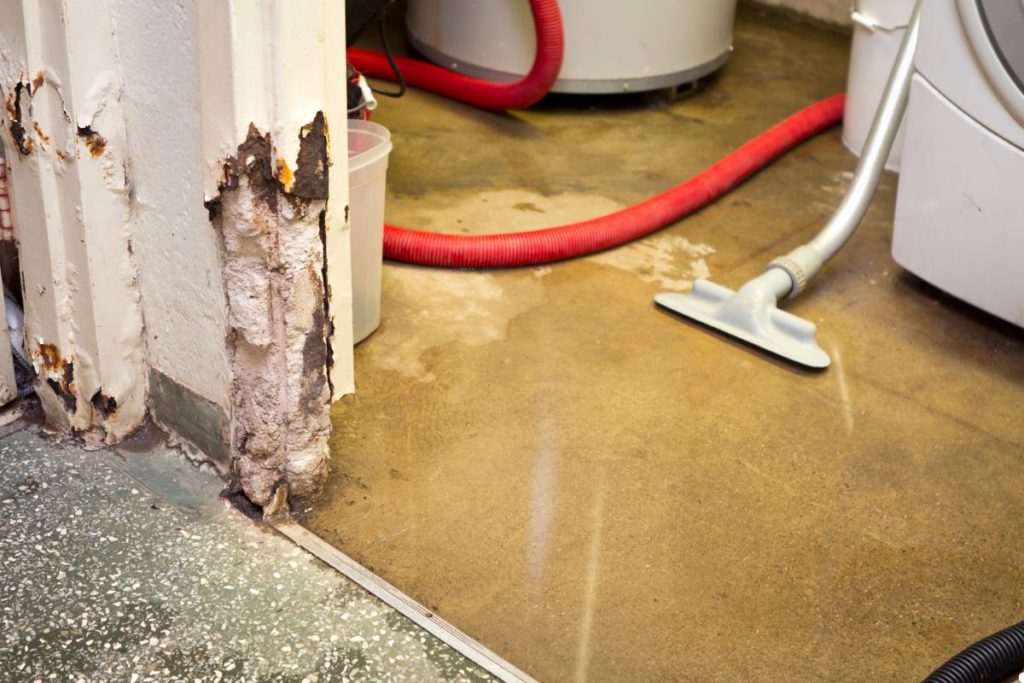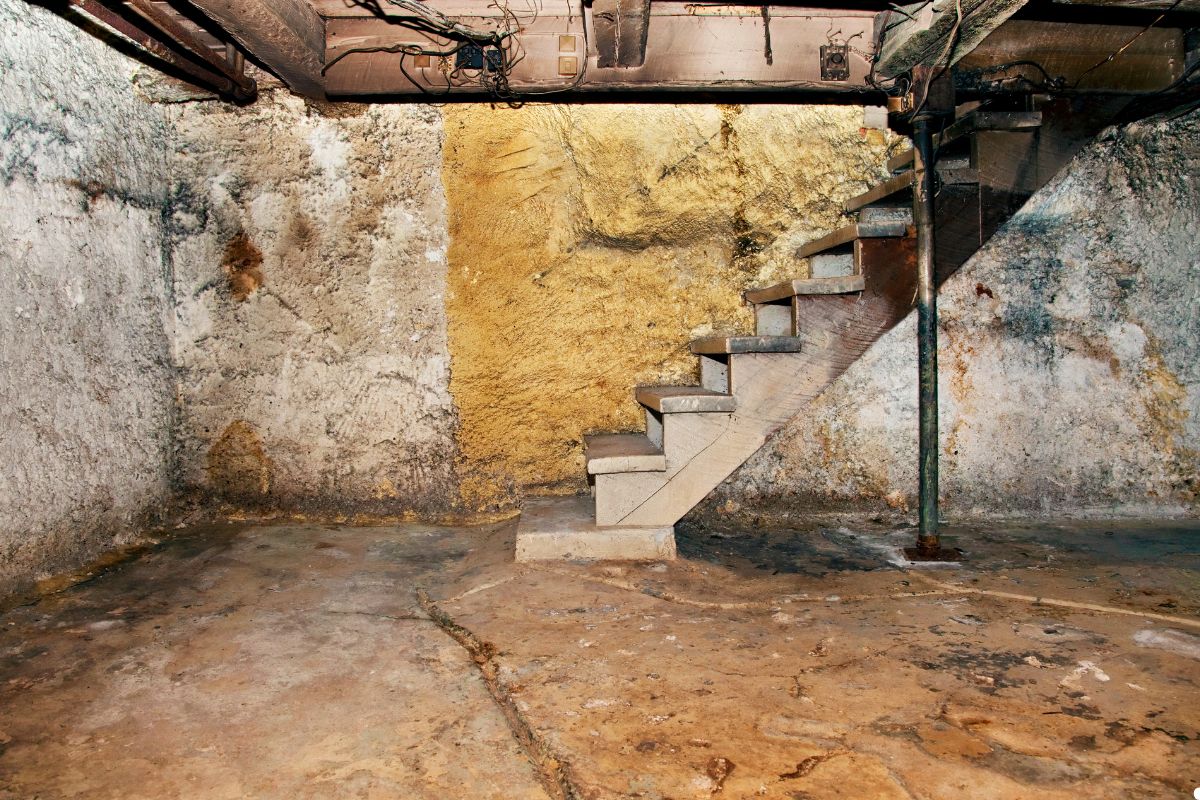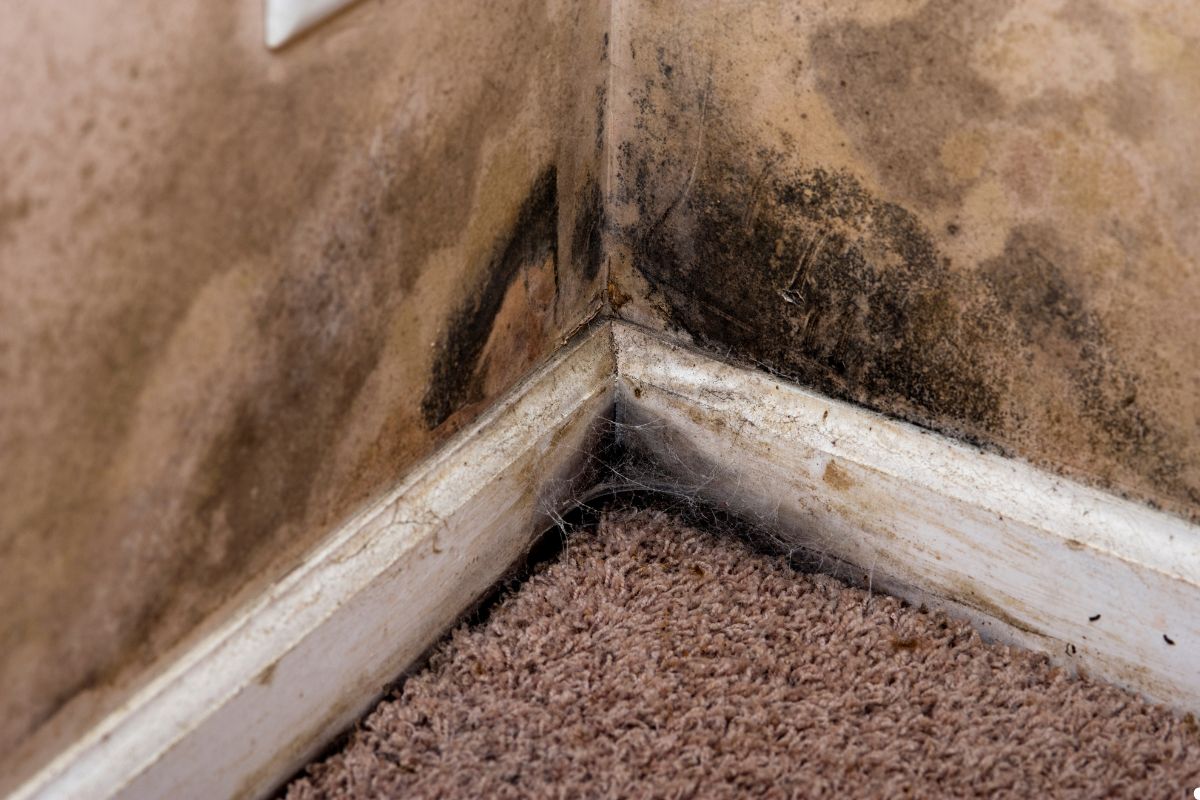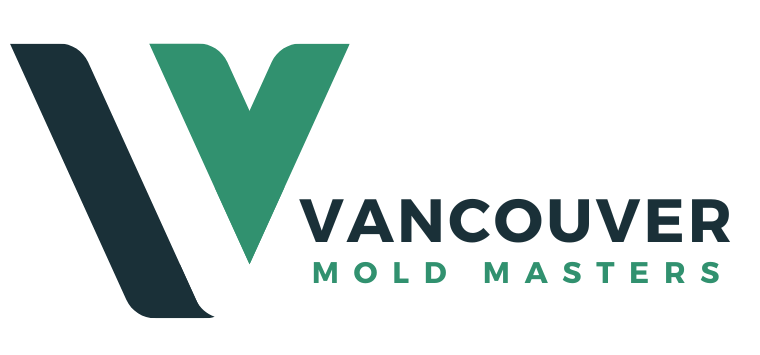
Mold remediation is required when mold growth is significant, poses health risks, or is difficult to address on your own. This typically involves areas larger than 10 square feet, hidden mold infestations, contamination of the HVAC system, or the presence of particularly hazardous mold types. Read on to learn the telltale signs and when to call us in the professionals.
Understanding Mold: The Basics
Mold is a type of fungus that thrives in damp, humid environments. It reproduces through tiny spores that are present virtually everywhere, both indoors and outdoors. When these spores land on a surface with sufficient moisture and an organic food source (like wood, drywall, or fabric), they begin to grow and form colonies. Common conditions that promote mold growth include leaks, flooding, high humidity, and poor ventilation. Understanding these conditions is the first step in preventing mold problems.
Identifying Mold Problems
Detecting mold early can prevent a small issue from becoming a costly and hazardous problem. There are several key signs to look for:
- Visual Signs: The most obvious sign of mold is visible growth on surfaces. This can appear as discoloration, staining, or fuzzy patches, and it can come in various colors, including green, black, brown, or white.
- Musty Odors: Mold often produces a distinct musty or earthy smell. If you detect this odor, even if you don’t see visible mold, it’s a strong indicator that mold is present, possibly in a hidden area.
- Health Symptoms: Mold exposure can trigger various health symptoms, especially in individuals with allergies or respiratory sensitivities. Common symptoms include sneezing, coughing, runny nose, watery eyes, skin irritation, and difficulty breathing. If you’re experiencing symptoms of mold exposure, our services can identify and eliminate the source of the problem.

When Professional Remediation is Needed
While minor surface mold can sometimes be addressed with DIY methods, certain situations require the expertise of a professional mold remediation company.
- Large Areas of Mold Growth: If the mold infestation covers an area larger than 10 square feet, professional remediation is generally recommended. Large-scale mold growth can be difficult to contain and remove effectively without specialized equipment and training.
- HVAC System Contamination: Mold growth inside your HVAC (heating, ventilation, and air conditioning) system is particularly problematic. Mold spores can circulate throughout your home via the ductwork, leading to widespread contamination and health issues. Professional cleaning and remediation of the HVAC system are essential to eliminate the mold source and prevent further spread.
- Hidden Mold: Mold often grows in hidden areas, such as behind walls, under floors, or in crawl spaces. If you suspect hidden mold based on musty odors or water damage, a professional mold inspection is necessary to locate and assess the extent of the problem.
- Certain Types of Mold: While all mold should be addressed, some types, like Stachybotrys chartarum often referred to as “black mold“, are known to produce potent mycotoxins that can pose significant health risks. Professional handling is crucial when dealing with potentially hazardous mold species.
- Water Damage: Any recent or ongoing water damage creates ideal conditions for mold growth. Whether it’s a leaky roof, burst pipe, or flood, addressing the water damage and remediating any resulting mold is crucial to prevent long-term problems.
The Mold Remediation Process
Professional mold remediation involves a systematic process to safely and effectively remove mold, clean contaminated areas, and prevent future growth. The key steps typically include:
- Containment: Isolating the affected area to prevent mold spores from spreading to other parts of the building.
- Removal: Physically removing the mold-contaminated materials, such as drywall, carpet, or wood.
- Cleaning: Cleaning and disinfecting all surfaces in the affected area to eliminate remaining mold spores.
- Prevention: Addressing the underlying moisture source that caused the mold growth and implementing measures to prevent future problems, such as improving ventilation or repairing leaks.
DIY vs. Professional Remediation
The decision to tackle mold removal yourself or hire a professional depends on the extent of the problem and your level of comfort. Small areas of surface mold (less than 10 square feet) can sometimes be cleaned with DIY methods, using appropriate protective gear and cleaning solutions. However, for larger infestations, hidden mold, or health concerns, professional remediation is the safest and most effective option.
Choosing a Mold Remediation Company
Selecting a qualified and reputable mold remediation company is crucial for ensuring a safe and effective outcome. Look for companies that:
- Are licensed and certified (if required by your state).
- Have experience in mold remediation.
- Carry appropriate insurance coverage.
- Use industry-standard techniques and equipment.
- Provide clear and detailed estimates.
- Offer references from satisfied customers.

Preventing Mold Growth
The best way to deal with mold is to prevent it from growing in the first place. Here are some essential tips:
- Control Moisture: Address any leaks or water damage promptly.
- Maintain Proper Ventilation: Ensure adequate ventilation in bathrooms, kitchens, and other areas prone to moisture.
- Use Dehumidifiers: Use dehumidifiers in damp basements or crawl spaces to reduce humidity levels.
- Clean Regularly: Clean and dry any spills or condensation immediately.
- Inspect Regularly: Periodically inspect your home for signs of mold or water damage.
Conclusion
Mold problems should be addressed promptly and professionally to protect your health and property. Knowing when professional remediation is required is essential for making informed decisions and ensuring a safe and healthy living environment. If you suspect a mold problem in your home, don’t hesitate to Call us for a professional inspection and remediation services.
FAQ (Frequently Asked Questions)
What are the health risks associated with mold exposure?
Mold exposure can cause allergies, respiratory problems, and other health issues, especially in sensitive individuals.
How much does mold remediation cost?
The cost of mold remediation varies depending on the extent of the infestation, the type of mold, and the size of the affected area. Call us for a free estimate.
How long does mold remediation take?
The duration of the remediation process depends on the complexity of the project. Simple remediation may take a day or two, while more extensive projects can take several days or weeks.
Is all mold dangerous?
While some molds are more hazardous than others, all mold growth should be addressed to prevent potential health problems and property damage.
Can I test for mold myself?
DIY mold test kits are available, but they typically only identify the presence of mold, not the specific type or the extent of the infestation. Professional mold testing provides more accurate and comprehensive results.
